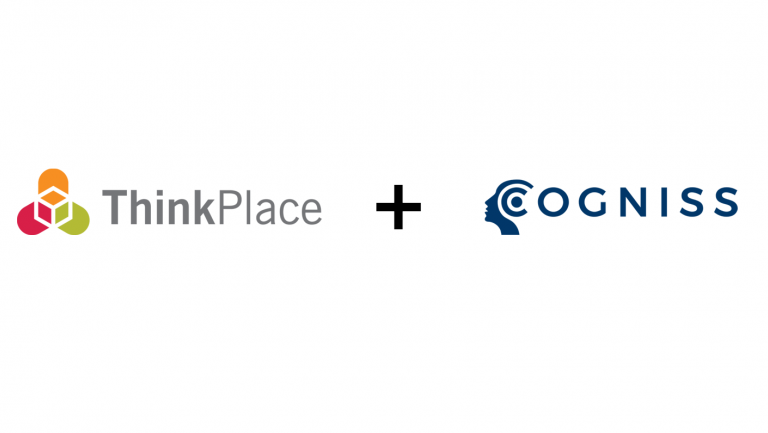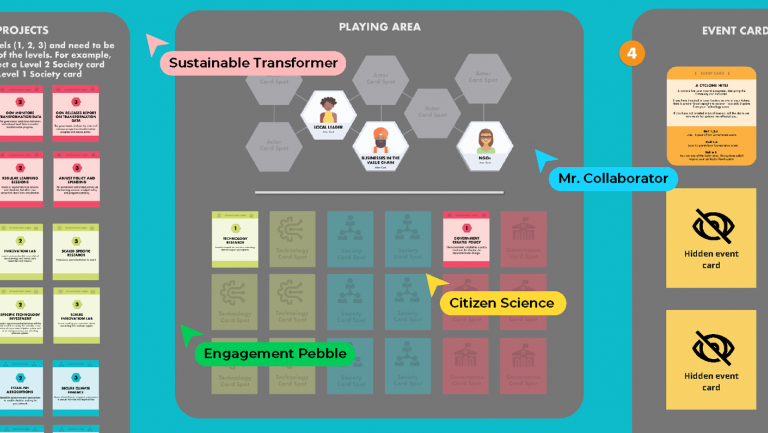Sign up for our monthly newsletter

Six agile myths... BUSTED
You’re seeing and hearing it everywhere. After gaining steady ground in the digital sphere, agile, has more recently taken off as a way of running projects and processes in the broader business world.
What started as a buzzy new way of working is fast becoming an orthodoxy.
The internet is rife with people telling you a ‘design sprint’ will fix any problem in half the time but not all agiles are created equal. Some leaders are rightly suspicious. When they hear the word ‘agile’ they may picture something that is faddish, oversaturated and carries the potential to cause convulsive upheaval.
All of which is unfortunate because, done well, agile offers huge potential to help project leaders and changemakers create more impact with greater empowerment for more participants and less overall risk.
There are so many myths and misunderstandings around what agile is and how it works. So let’s bust some of them.

1. Agile is only a digital thing
That’s SO 2001. Of coure the Agile methodology originated with a bunch of software engineers who wanted to create a more efficient, more flexible way of running IT projects at the turn of the century. But Agile has come a long way since then. In a sense, agile methodology is agnostic about what it is being used to create. What those software engineers hit upon with their manifesto was a way of sweeping aside the limitations of conventional project management.
Form nimble teams that are close to the problem. Involve a greater range of voices that have insights into different aspects of it without derailing the project as a whole. Set goals that are flexible enough to dynamically change as the operating environment shifts. Build in regular rituals and opportunities for team members to connect, assess progress and make small course corrections. This is a way of working that has proven useful all over the world in thousands of transformation contexts. It just works.

2. Agile means leaders lose control
Embracing agile can be a scary proposition for leaders. We get that. If we think of a traditional ‘Waterfall’ model based on command and control it’s interesting to note who is standing at the top of that waterfall. The leader.
Working agile can mean devolving responsibility to teams that are close to the problem and are best placed to work on and assess the ongoing efficacy of the solution. But if you’re doing it right you’ll have frequent touch-ins and ongoing visibility of what’s going on. In Waterfall projects we often see weaknesses or even failure points baked into a product or project because they were hard-wired into the original design endorsed by leadership. Because of this, nobody has the courage to question and adapt as the project moves into build and execution mode. A single wrong assumption (or one that may have been right when it was made but falls victim to changed conditions) can be enough to throw off an entire design output once it is launched into the cold air of the ‘real world’.
3. To ‘do’ agile I need to change my whole organisation
It is possible to remake your entire organization to work in an agile way. To train your workforce for a fundamental shift. To rejig your org structure to make it less top heavy, less hierarchical and more based around nimble ‘action teams’. At ThinkPlace we provide that kind of training for many large organisations, both in government and the private sector. If that sounds like a major commitment, it certainly can be. But do you have to suffer through root and branch reform in order to enjoy the benefits of agile? Not necessarily. Agile can work in a modular way too. We can design an end-to-end process that provides you with the benefits of agile without bogging you down in complexity. Just show up and our transformation experts will immerse you in a process that’s custom-made for your needs and objectives.

4. Agile is just a buzzword
All of a sudden, it’s everywhere you go. For the cynics among us this can feel galling. In some ways it can be right to be sceptical. Whenever a new way of working gains traction and influence we see people adapt their language to meet it. How many ‘design sprints’ are simply rebadged workshops? How many meetings to discuss project progress have suddenly become ‘showcases’? For this reason, pedigree matters. When you work with a team who are experienced and effective at leading you through agile change you will see and feel the difference. A clearer view of progress. A collective enthusiasm for change that comes from the right voices being engaged and allowed to shape the process. The lack of dread as you approach deployment or implementation uncertain whether the thing you’ve designed will work. The confidence that your transformation will be adopted and maintained by the people it is targeted at.

5. Agile takes longer
So many stages. So many sessions. So many showcases and updates. Many people are suspicious about making the shift to agile workflow because they believe it will take longer. It’s not true. With agile, progress is incremental, touchpoints are regular and whatever it is you’re creating will be created on a rolling basis. This allows for regular adjustments and course corrections. You know what really takes longer? Not realising a project is flawed until you launch it on the world. And then having to go back to square one and start your design process all over again, often times with damaged relationships or reputations. With an agile process there are no nasty surprises. Rather than set a direction, build frantically and then unveil the result and hope for the best we design and make in tandem, cross-pollinating and improving as designers, makers and authorising leaders maintain a constant conversation all the while baking in change management principles along the way.







